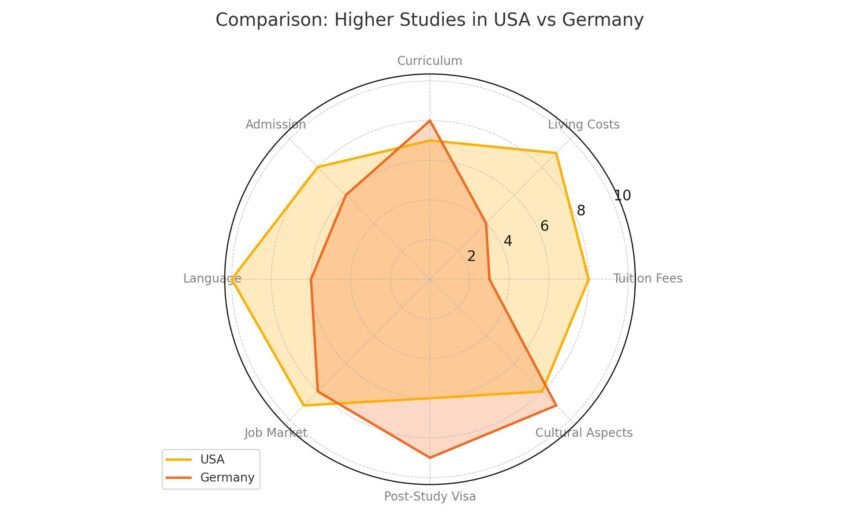
University Rankings and Global Recognition
You’re staring at two powerhouses of higher education. The USA boasts 8 of the top 10 universities in the QS World Rankings, with MIT, Stanford, and Harvard consistently dominating. Germany, while not having as many top-10 institutions, punches above its weight with TU Munich, Heidelberg, and LMU Munich all ranking impressively.
The real difference? Recognition style. American degrees carry instant brand recognition worldwide – mention “Yale” and watch doors open. German universities build their reputation on solid, consistent quality rather than flashy names.
Specialization Opportunities
American universities offer insane flexibility. Want to major in Underwater Basket Weaving with a minor in Artificial Intelligence? The US probably has a program for that.
Germany takes a different approach. Their programs are laser-focused from day one. You don’t study “business” – you study “International Business Management with Focus on East Asian Markets.” This specialization starts immediately, not after two years of general education like in the US.
Research Infrastructure and Innovation Hubs
The research game looks completely different between these countries:
| USA | Germany |
|---|---|
| Silicon Valley, Boston innovation corridors | Clusters in Munich, Berlin, Hamburg |
| Heavy private funding | Strong government support |
| Entrepreneurial focus | Industry collaboration emphasis |
American universities often function as startup incubators with billions in private funding. German institutions partner directly with industrial giants like BMW and Siemens, creating practical innovation pathways.
Academic Calendar Differences
The timing structures couldn’t be more different. US universities operate on semesters (Fall/Spring) or quarters, with classes running September through May.
Germany divides the year into “Wintersemester” (October-March) and “Sommersemester” (April-September). The longer breaks between terms in Germany allow for extensive internships or research projects that American schedules can’t accommodate as easily.





